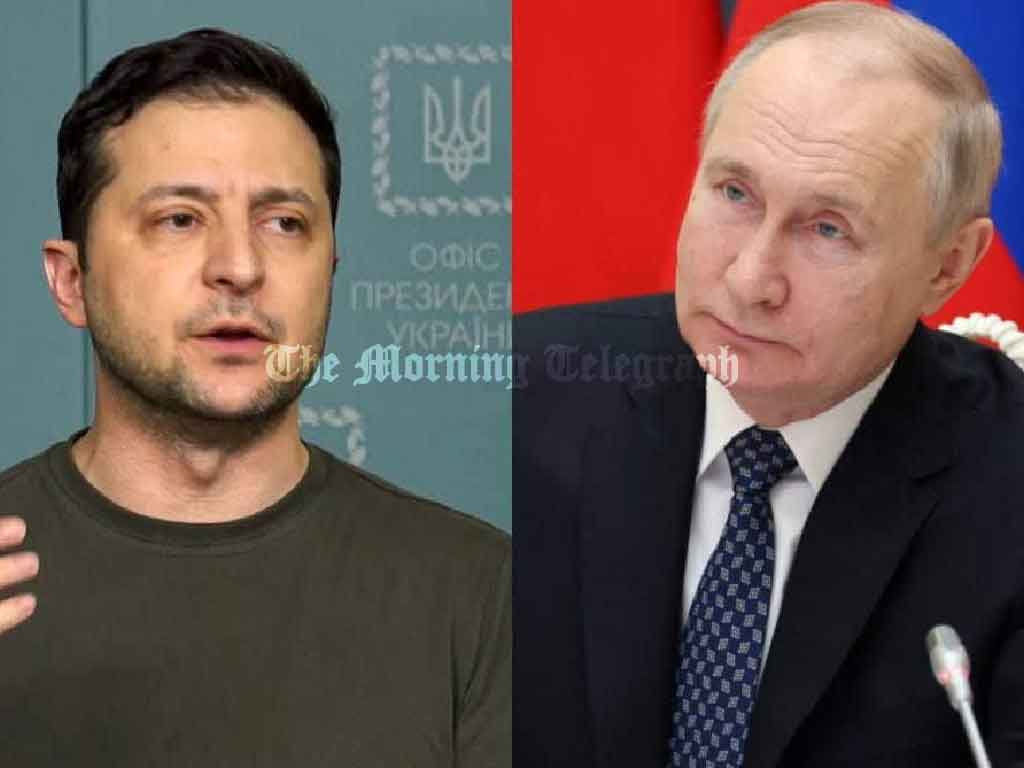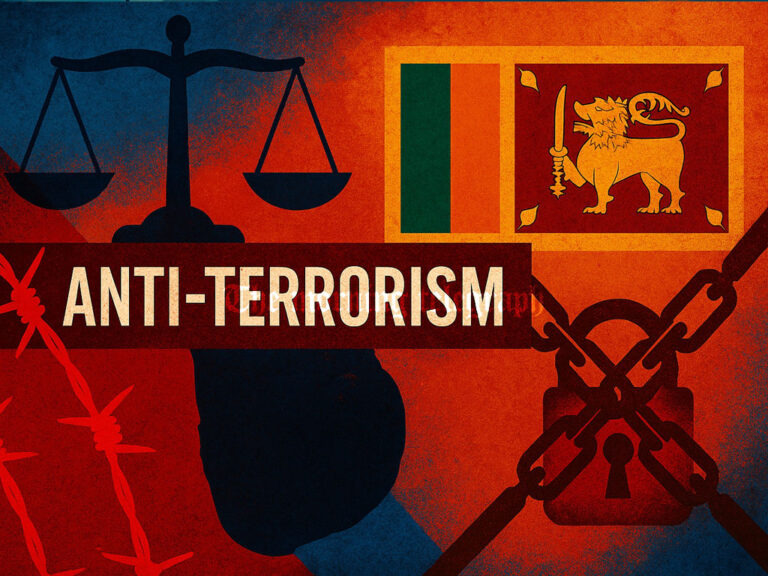
KYIV, Ukraine — NATO and Ukraine will hold urgent talks on Tuesday after Russia launched a new experimental hypersonic missile, the Oreshnik, in a devastating strike on the city of Dnipro. The attack, described as a significant escalation in the nearly three-year-old war, marks the first known combat use of the missile and raises new security concerns across Europe.
Polish Prime Minister Donald Tusk warned that the war is entering a “decisive phase,” taking on increasingly dire dimensions. Thursday’s strike targeted the Pivdenmash military facility in Dnipro, once a Soviet-era hub for missile production, located about 4 miles southwest of the city’s center. The missile reportedly reached speeds of Mach 11, carried six non-nuclear warheads, and released submunitions on impact.
Ukraine’s parliament canceled a scheduled session on Friday amid heightened security concerns, while local residents were warned of the possibility of further attacks.
Russian President Vladimir Putin framed the strike as retaliation for Ukraine’s use of U.S. and British long-range missiles, which have struck deeper into Russian territory. In a nationally televised speech, Putin described the Oreshnik missile as a revolutionary weapon, claiming it renders Western air defenses ineffective.
“This missile is not intercontinental, but its impact can rival that of nuclear weapons when used en masse,” Putin declared. He emphasized that production of the missile is underway, with plans for further testing “depending on the security threats Russia faces.”
General Sergei Karakayev, head of Russia’s Strategic Missile Forces, confirmed that the missile could be equipped with either conventional or nuclear warheads and reach targets across Europe.
The attack has drawn condemnation from Western leaders. Czech Foreign Minister Jan Lipavský, during a visit to Kyiv, described the missile strike as an escalatory move aimed at intimidating Ukraine and Europe. He reiterated his country’s commitment to providing Ukraine with additional air defense systems.
Hungarian Prime Minister Viktor Orbán, a Kremlin ally, suggested that U.S. personnel may be directly involved in guiding Ukraine’s long-range missile strikes, aligning his comments with Russia’s narrative of Western complicity in the conflict.
In Washington, Pentagon officials confirmed that the Oreshnik missile is based on Russia’s RS-26 Rubezh intercontinental ballistic missile. This latest attack is a stark reminder of the growing sophistication of Russian weaponry, with NATO Secretary-General Jens Stoltenberg expected to push for enhanced air defense support to Ukraine during the upcoming emergency talks.
The missile hit a strategic military hub in Dnipro, a city of 1 million people crucial to Ukraine’s logistics and medical care for wounded soldiers. The strike caused extensive damage to the Pivdenmash facility but resulted in no fatalities. Local residents responded with dark humor online, making light of the missile’s name, which means “hazelnut tree” in Russian.
Meanwhile, other parts of Ukraine faced continued assaults. In the northeastern city of Sumy, Russian drones killed two people and injured 13 in a residential district. The drones, reportedly packed with shrapnel, targeted civilians, according to regional officials.
The deployment of the Oreshnik missile has introduced a new dimension to the conflict, with Putin claiming that Russia is now ahead of the global hypersonic arms race. Western military analysts warn that the missile’s capabilities pose significant challenges to NATO’s air defenses and could have broader implications for European security.
NATO’s emergency talks are expected to focus on countering the threat posed by hypersonic technology and addressing Russia’s increasingly aggressive military tactics. However, the use of such advanced weaponry underscores the widening gulf in military capabilities between Russia and Ukraine, even as Western allies continue their support.
As the war deepens, the international community faces mounting pressure to broker a resolution. However, with Russia demonstrating its military strength and Ukraine relying on Western aid to sustain its defenses, the path to peace remains fraught with uncertainty.
For now, the people of Ukraine brace for what may come next, as the Oreshnik missile and its devastating potential redefine the stakes of the conflict.




